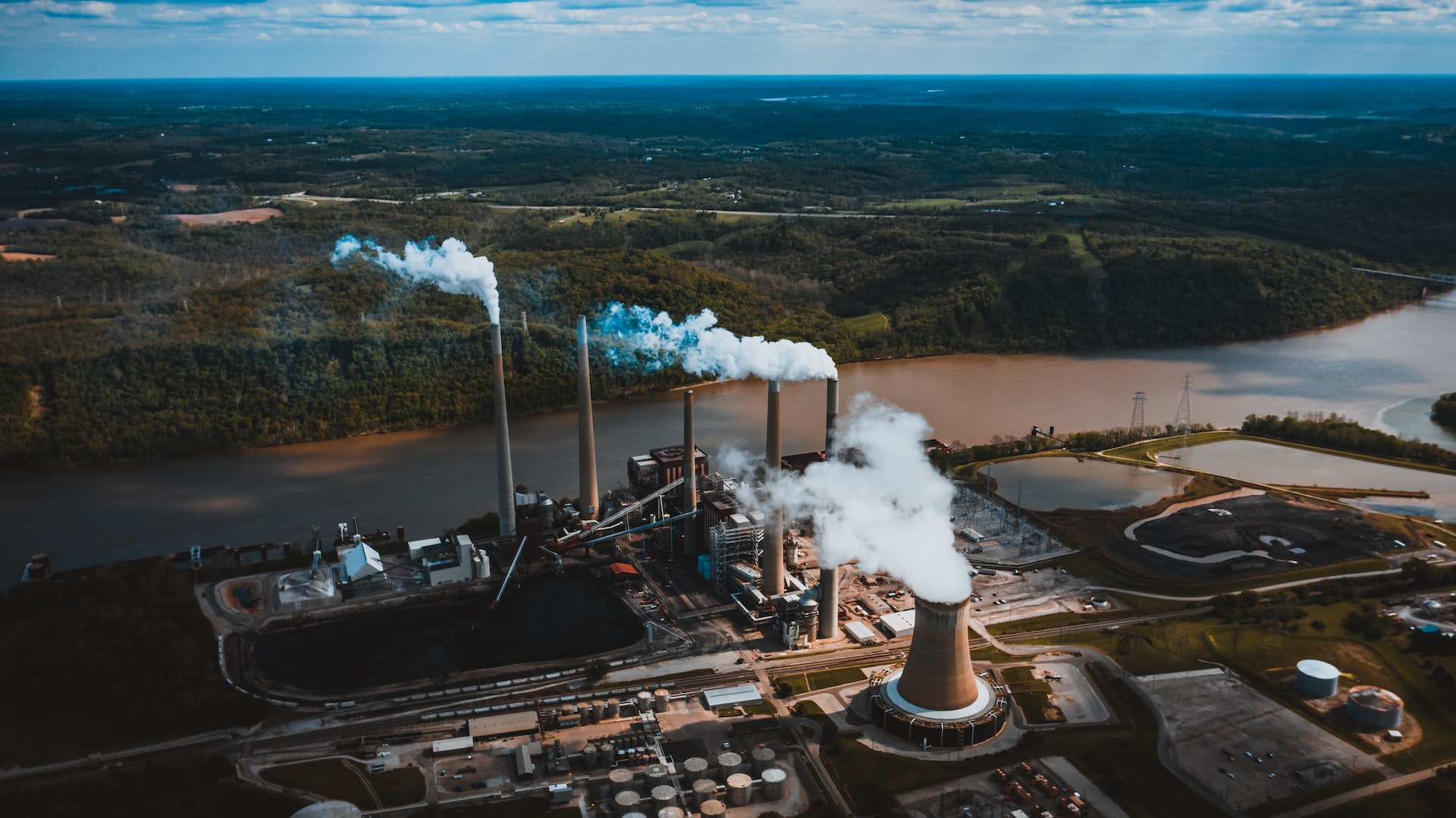In an alarming revelation that underscores the increasing severity of global climate change, this year witnessed one of the largest surges in CO2 levels, painting a grim picture of our environmental trajectory. Despite the rising chorus around the world on the importance of climate action, it appears that our planet is hurtling towards unprecedented challenges at a rate “not seen for millions of years.”
An Unwavering Ascent
Researchers from the esteemed Scripps Institution of Oceanography and the National Oceanic and Atmospheric Administration (NOAA) announced on Monday that the current atmospheric CO2 concentration has touched a daunting milestone. It now stands 50% higher than the pre-industrial era levels, a rate of accumulation that is both startling and concerning.
While there is a global consensus on the necessity to transition from fossil fuels to cleaner energy sources, the latest data makes it clear that global climate initiatives are still far from achieving the desired impact.
A Plea for Immediate Action
Rick Spinrad, the Administrator of NOAA, expressed his concern in clear terms, emphasizing the rampant and visible impacts of climate change. “Our surroundings bear testament to the devastating power of climate change – from the raging wildfires to relentless flooding. It’s imperative to combine adaptive measures with vigorous efforts to curb carbon emissions, ensuring the preservation of our planet for all life forms,” he stated.
Historical Highs and Climate Indicators
The observatory in Mauna Loa, Hawaii, which has been monitoring CO2 levels for 65 years, registered an average of 424.0 parts per million (ppm) in May, marking the fourth-largest annual increment since measurements began.
Notably, the Northern Hemisphere witnesses peak CO2 levels in May, following which plants begin to absorb the gas during their growth season. This year’s May average clocked in at 423.78 ppm, a substantial rise from last year’s 420.78 ppm.
Climate Science Unraveled
The scientific community has long warned about the repercussions of rising CO2 concentrations. Generated predominantly from burning fossil fuels, manufacturing cement, deforestation, and several other human activities, carbon dioxide plays a pivotal role in trapping heat within the Earth’s atmosphere. This, in turn, exacerbates extreme weather events, from scorching heatwaves and droughts to torrential rainfall and floods.

Climate change due to CO2 emissions causes different kinds of disasters
For perspective, just within the first four months of this year, wildfires ravaged over 392,287 acres of land. Concurrently, atmospheric rivers combined with snowmelt inundated the western US, resulting in widespread power outages.
A Year of Extremes
Multiple scientific organizations have declared the previous year as one of the hottest on record, with 28 countries, including powerhouse nations like China, Germany, and the UK, reporting their warmest year ever. With approximately 850 million individuals undergoing their hottest year, the alarm bells have never rung louder.
Tracking and Measuring Carbon Emissions
Apart from direct atmospheric measurements, carbon emissions can also be estimated based on the output from numerous sources. The International Energy Agency (IEA), in a recent report, highlighted that 2022 witnessed a 0.9% surge in CO2 emissions related to energy, with a staggering 36.8 billion metric tons being released.

The Road Ahead: A Global Commitment
The escalating CO2 concentrations have thrust global leaders into the spotlight, urging them to advocate and implement aggressive strategies to mitigate greenhouse gas emissions. However, the COP27 climate summit held in Egypt last year fell short of expectations, with negligible progress on binding emission-reducing agreements.
As we stand on the brink of another potential El Niño cycle, which could further accelerate CO2 growth rates, the urgency for comprehensive global climate action has never been more pronounced.
In conclusion, while the challenges are monumental, they are not insurmountable. It demands unified, dedicated, and immediate action from nations worldwide to steer our planet away from the perilous path it currently treads on.
©globalgreenhouse.eu

